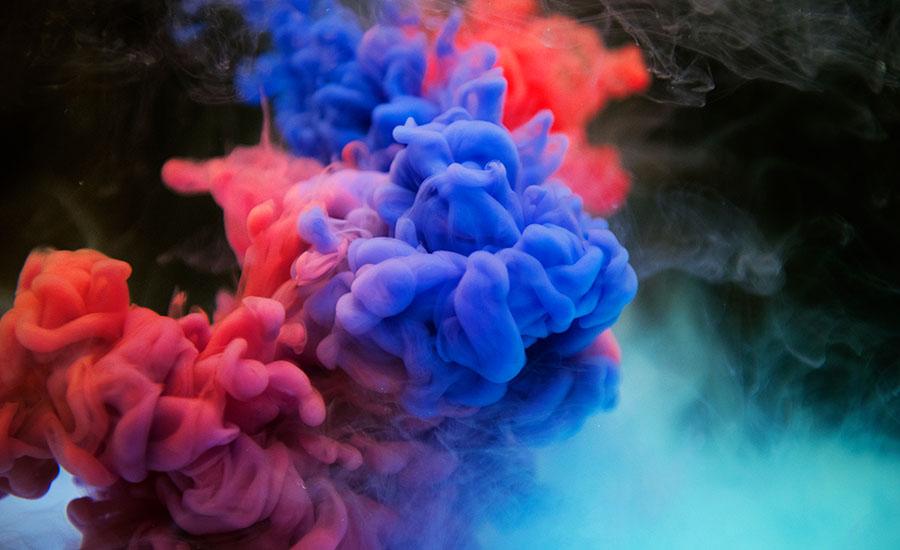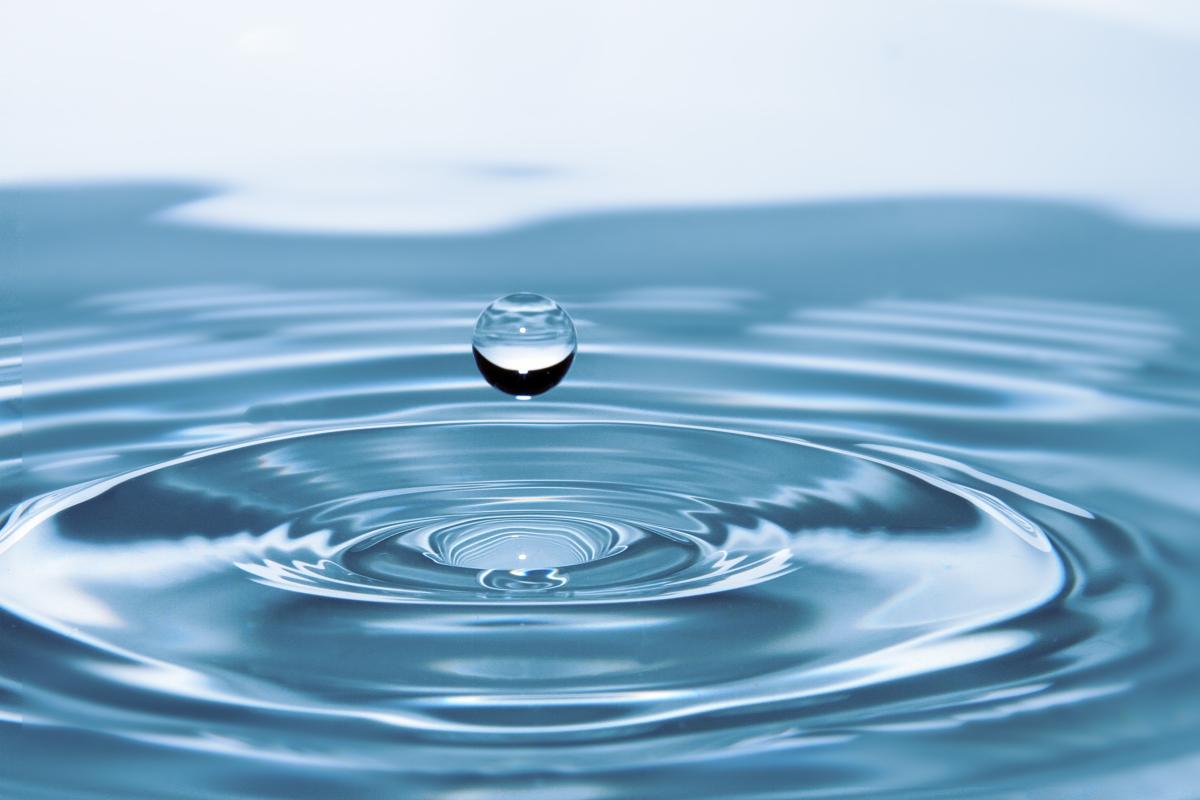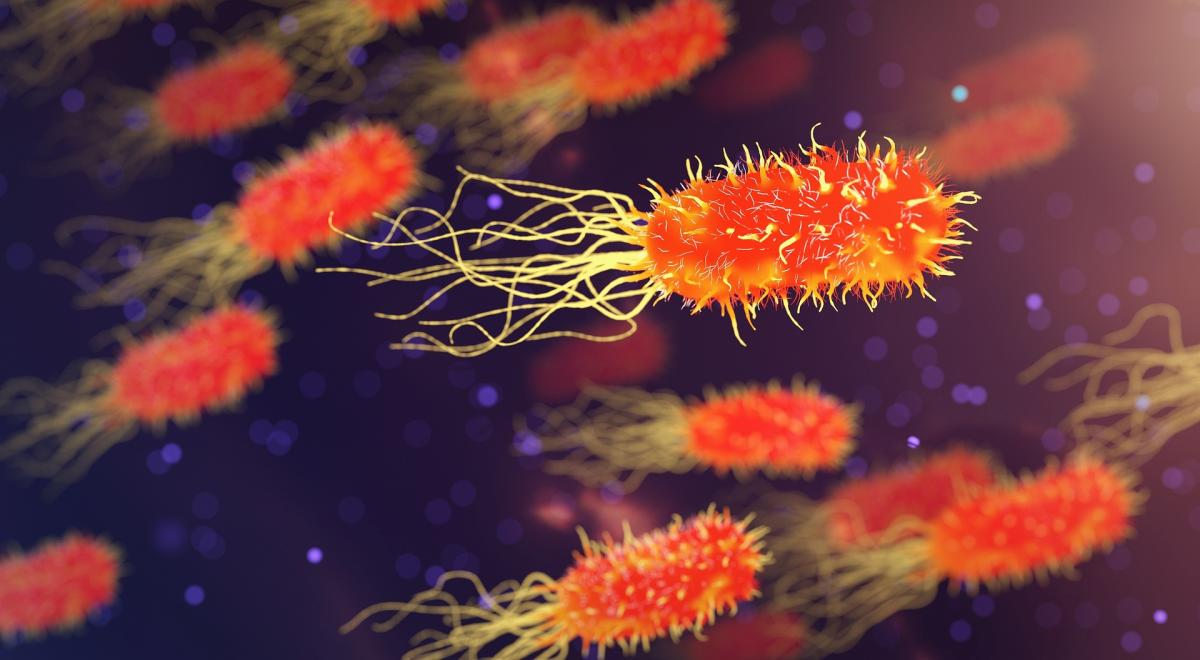
Electrons and Light Part 2
After learning about emission spectra, electron energy levels, orbitals and configurations, and periodic trends for atomic radius and ionization energy; this is concluding activity that require students to create a model to connect all these ideas in response to a prompt about emission spectra. They must construct an argument and back up their claim with evidence.
Lesson Plan Link/URL
https://docs.google.com/presentation/d/1eY-h5h0kzq7DnjIqC1rie1flv60rRKJ_/edit?u…Related Content

Students learn about the chemistry that exists in some of the world's oldest surviving paintings. This lesson is the final part of a 3 part painting series, and focuses on binding agents in paint

In this high school lesson, students will get the opportunity to engage in scientific research, studying sustainability and fuel options, while creating models to represent their knowledge.

Students have the opportunity explore different materials that use nanotechnology and then discuss the key differences between macroscale and nanoscale impacts on those materials.